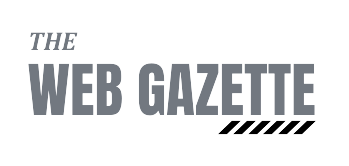Large businesses prosper because they understand the value of data. No wonder, then, that they have exorbitant funds set aside for data gathering and analytics. Luckily, the rise of web scraping services means the insights one can gain from big data aren’t the prerogative of the powerful anymore. A web scraper isn’t only a tool for large business.

As you’ll see from this article, small and medium-sized businesses also can and should leverage web scraping to gain a competitive edge, understand their customers better, and meet the uncertain future with greater confidence.
Web Scraping 101
Regardless of size, a business needs timely & accurate information to adapt and grow. You already know that researching the market, competitors, and customer preferences is essential. Still, you’re likely not doing it at scale.
Think of web scraping as a superior alternative to manual research. These ways are similar in a way that a person and a scraper will try to uncover, organize, and analyze as much data on a topic relevant to your business as their limitations permit. The difference is that the scraper can crawl thousands of sites, locating & extracting the information you need. It does so far quicker & more accurately than any human could.
More importantly, you can choose a location proxy network to scrape specific locales you need. Also, the best web scraper can store gathered data not just in plain text or HTML. Instead, they can populate spreadsheets or JSON files. These formats make it easier to organize the data into insights you can use to inform your business strategy.
What Benefits Does Web Scraping Have for SMBs?
You might have a solid understanding of your business’s metrics, products, and current customers. However, web scraping’s ability to extract data from thousands of other websites offers a much-needed bigger picture. Here are a few of the core benefits even cursory scraping can unlock.
Pricing analysis
A lack of pricing intelligence is among the leading factors that limit profitability. Analyzing the competition will let you figure out how low you can go to undercut the competition while remaining in the black. Long-term data helps you adjust prices in time for sales or seasonal events. More importantly, having a finger on the pricing pulse may let you catch and exploit trends before others.








